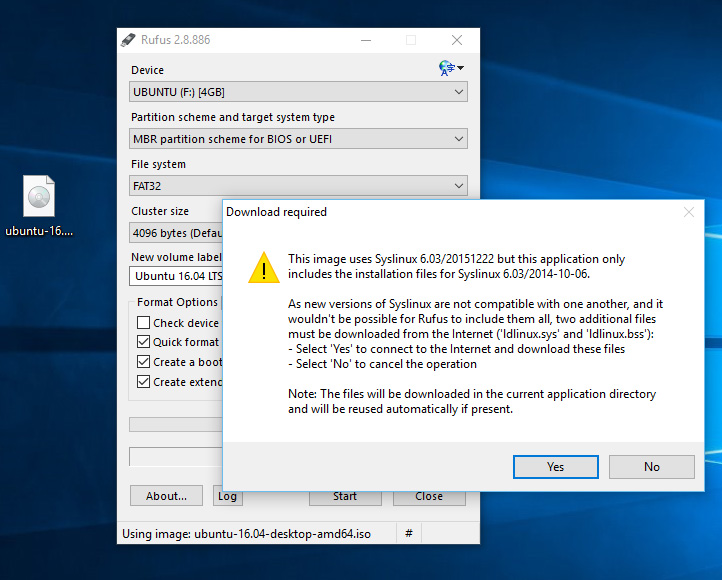

- #INSTALL UBUNTU FROM USB ALONGSIDE WINDOWS 10 HOW TO#
- #INSTALL UBUNTU FROM USB ALONGSIDE WINDOWS 10 ACTIVATION KEY#
- #INSTALL UBUNTU FROM USB ALONGSIDE WINDOWS 10 INSTALL#
This system will likely not be able to boot successfully, and the installation process may fail. After I created a partition from the 50 GB free space and chose /dev/stb as "Device for boot loader installation", it still tells me: "No EFI System Partition was found.

#INSTALL UBUNTU FROM USB ALONGSIDE WINDOWS 10 INSTALL#
Also, Ubuntu Live USB gives me two options only: "Erase disk and install Ubuntu" or "Something else" (I chose "Something else"). I shrunk my HDD using Disk Management inside Windows.
#INSTALL UBUNTU FROM USB ALONGSIDE WINDOWS 10 HOW TO#
Other steps I've done after reading How to Install Ubuntu on separate hard drive in a dual boot With Windows 7? Image of available partitions as shown in the Ubuntu installer

Also, here is a picture showing all the partitions available (the last one is the free space that I left after shrinking the HDD which isn't visible in this picture, but it's the 50 GB free space): In msinfo32 it says the BIOS mode is Legacy, if that is of any help. I tried /dev/sda as suggested in another thread here but the installer said "No EFI system partition was found" and it warned me that the installation might fail. I tried Logical (which is the default option) and "/" as a mount point and the partition got created as 'Ext4', however, I don't know what option I should choose for "Device for boot loader installation". My problem is that inside the Ubuntu installer I don't know whether I should choose Primary or Logical and which Mount point is correct. I flashed a USB stick with Ubuntu on it and I am unsure how to proceed. I also have a HDD inside and I shrunk this partition and freed up 50 GB to create a partition specially for Ubuntu on my HDD. Windows 10 is installed on an SSD on my laptop. A couple of years ago I somehow managed to do this, but I was only using one HDD at that time and didn't run into these issues. However, we can just install GRUB again once you’re ready to do so.I am using Windows 10 and I'd like to install Ubuntu as a secondary OS (I want the first option in the "boot-up" screen to be Windows). GRUB will be replaced by the Windows bootloader once the installation process is complete which means the GRUB menu will no longer be there when you go to boot your machine. Select the NTFS Primary Partition that you created earlier as your Windows 10 installation partition.
#INSTALL UBUNTU FROM USB ALONGSIDE WINDOWS 10 ACTIVATION KEY#
You will also obviously need a functioning Windows Activation Key to authenticate the installation.īoot up using whichever medium you’ve chosen.Ĭhoose Custom Installation, because you want to get everything right moving forward and choosing this option will help to avoid issues. You’ll need a USB stick or DVD with Windows 10 preloaded on to it in order to start the Windows installation process. This will erase all data currently residing in the partition, so back up what is necessary. You’ll have to delete any already created logical/extended partitions you may have and create a new primary partition. You can create a partition by using the gParted or Disk Utility command-line tools. You’ll need to create this on Ubuntu, specifically for Windows installation purposes. Prepare A Partition For Windows 10Įnsure that the intended partition for the Windows operating system is the Primary NTFS partition. However, if this is what you have to work with, there is definitely a procedure you can follow. Installing Windows 10 after Ubuntu can be a tad trickier and is honestly not recommended.


 0 kommentar(er)
0 kommentar(er)
